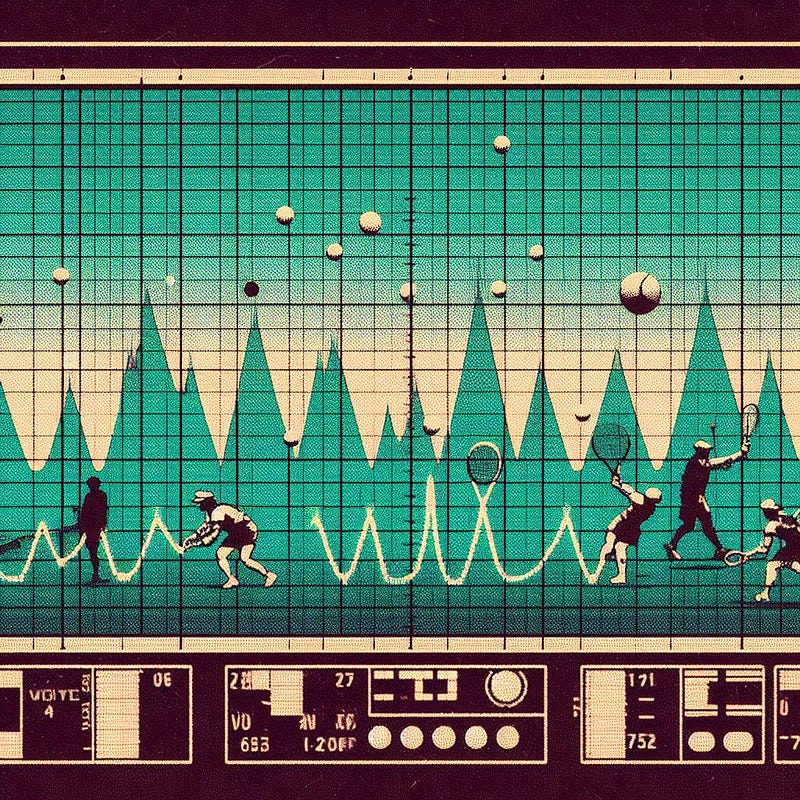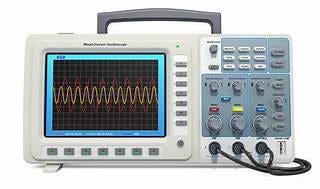The Fascinating Origins of the First Video Game
Written on
Chapter 1: The Unexpected Beginnings
You might assume that video games are a recent phenomenon, but their story stretches back to the 1950s, revealing an intriguing past. Remarkably, the first-ever video game was conceived not by a game designer but by a physicist eager to entertain guests at a science exhibition.

The Birth of "Tennis for Two"
In 1958, at Brookhaven National Laboratory in New York—known for its research on peaceful atomic power—William Higinbotham, the head of the instrumentation division, sought to enliven the lab's public exhibition. Previously, displays had been static and uninspiring, failing to captivate visitors.
With a background in physics and electronics, Higinbotham was motivated by his experiences working on the Manhattan Project. His love for sports and games prompted him to create an engaging, interactive experience for attendees. Drawing inspiration from an analog computer's instruction manual, he devised a tennis simulation using an oscilloscope.
The result, "Tennis for Two," was developed in a mere few hours, with construction completed in three weeks by Higinbotham and technician Robert Dvorak. Utilizing a Donner Model 30 analog computer, oscilloscope, and specially designed controllers, the game was ready to be showcased.

The Success of "Tennis for Two"
When the exhibition opened on October 18, 1958, "Tennis for Two" quickly became the star attraction. High school students eagerly queued to play, drawn in by its simplicity and addictive nature. Players adjusted their shot angles using knobs and pressed a button to launch the ball, which appeared as a dot on the oscilloscope screen. The game also simulated wind resistance and featured sound effects that added to the excitement.
Higinbotham was encouraged by the game's popularity and returned the following year with enhancements: a larger oscilloscope and new gravity settings, allowing players to choose from Earth, Moon, or Jupiter gravity. Despite these innovations, after the second exhibition, the game was dismantled and largely forgotten. Higinbotham never patented his invention, viewing it simply as a fun way to engage the public with science.
Chapter 2: Rediscovery of a Classic
The legacy of "Tennis for Two" was not acknowledged until the late 1970s when historians and journalists began uncovering the early history of video games. Their interest was sparked by court testimonies regarding video game patents, particularly in the lawsuits involving Ralph Baer, credited with creating the first home video game console, the Magnavox Odyssey.
Higinbotham's testimony helped establish that video games predated Baer’s invention, leading to renewed appreciation for "Tennis for Two." Today, it is celebrated as one of the earliest video games, a hallmark of interactive entertainment. Numerous replicas have been created, and the original equipment is preserved at Brookhaven National Laboratory.
While "Tennis for Two" may appear rudimentary by contemporary standards, it was a remarkable achievement in engineering and creativity for its era. It demonstrated that video games could transcend scientific or military applications, offering enjoyment and engagement for all.
Explore the fascinating history of Mac gaming in this video, which dives into the development and legacy of early video games.
This video looks back at pivotal moments in gaming history, including the introduction of secret characters that changed the landscape of video games.
Sources: The Complete History of Tennis for Two, Tennis for Two — Wikipedia, BNL | History: The First Video Game?